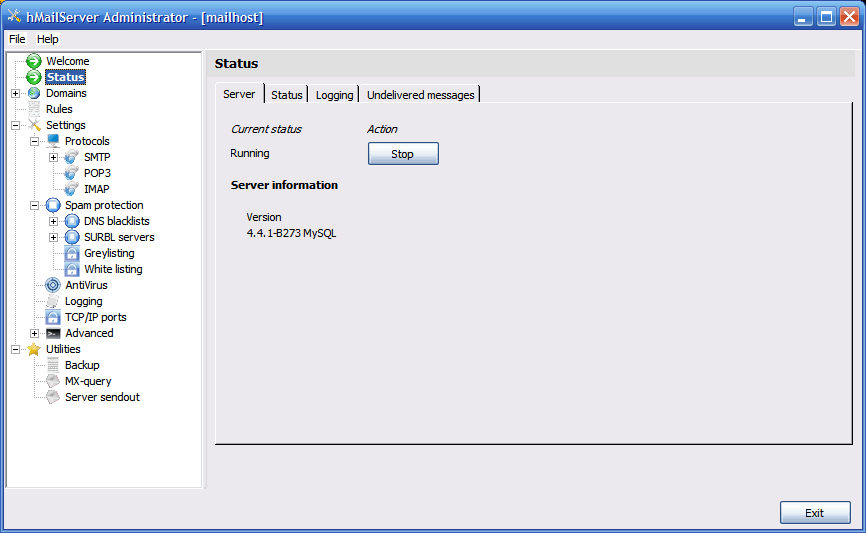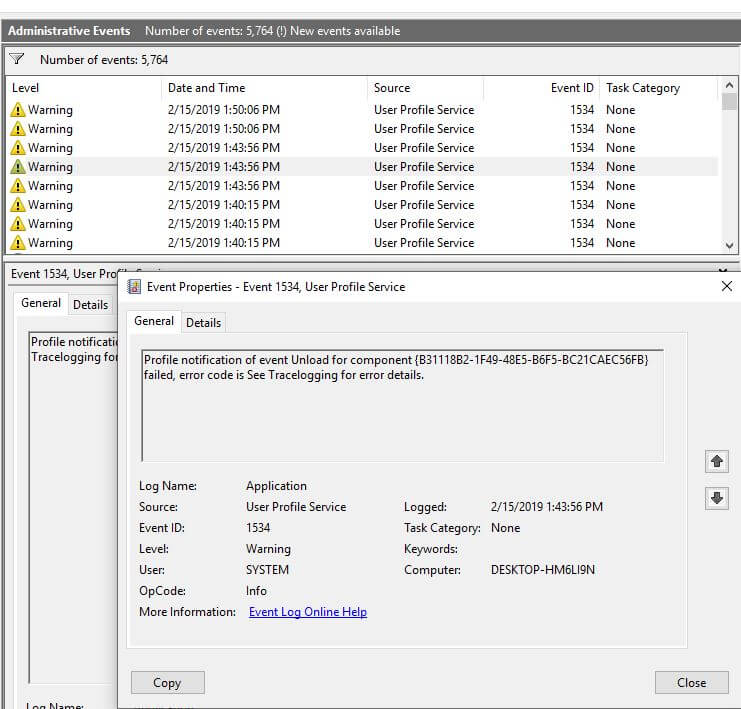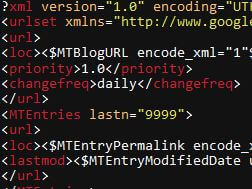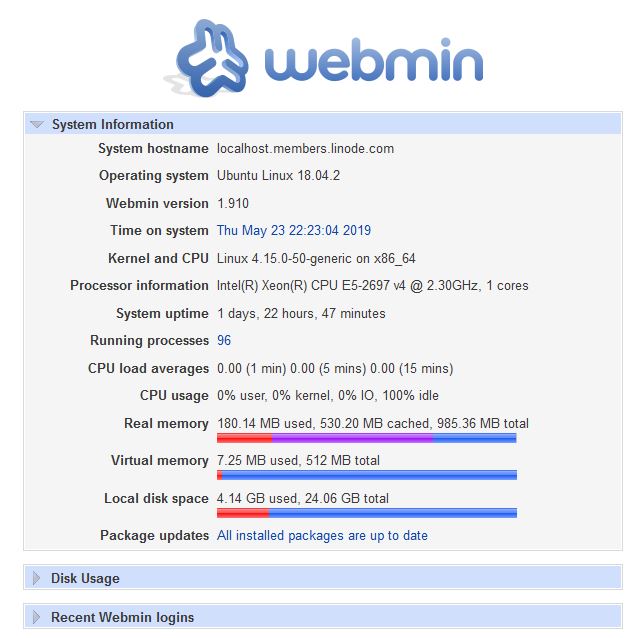I used my old 60GB harddisk, which replaced by previously mentioned 160GB new disk, to made a RAID1 array with another 40GB harddisk. Actual capacity I can use is 40GB. 20GB is wasted.
Following is the technical explaination of RAID Level 1
Common Name(s): RAID 1; RAID 1 with Duplexing.
Technique(s) Used: Mirroring or Duplexing
Description: RAID 1 is usually implemented as mirroring; a drive has its data duplicated on two different drives using either a hardware RAID controller or software (generally via the operating system). If either drive fails, the other continues to function as a single drive until the failed drive is replaced. Conceptually simple, RAID 1 is popular for those who require fault tolerance and don’t need top-notch read performance. A variant of RAID 1 is duplexing, which duplicates the controller card as well as the drive, providing tolerance against failures of either a drive or a controller. It is much less commonly seen than straight mirroring.
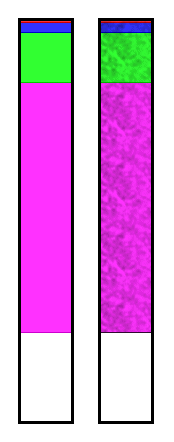
Illustration of a pair of mirrored hard disks, showing how the
files are duplicated on both drives. (The files are the same as
those in the RAID 0 illustration, except that to save space I have
reduced the scale here so one vertical pixel represents 2 kiB.)
Controller Requirements: Supported by all hardware controllers, both SCSI and IDE/ATA, and also most software RAID solutions.
Hard Disk Requirements: Exactly two hard disks. Any type may be used but they should ideally be identical.
Array Capacity: Size of Smaller Drive.
Storage Efficiency: 50% if drives of the same size are used, otherwise (Size of Smaller Drive / (Size of Smaller Drive + Size of Larger Drive) )
Fault Tolerance: Very good; duplexing even better.
Availability: Very good. Most RAID controllers, even low-end ones, will support hot sparing and automatic rebuilding of RAID 1 arrays.
Degradation and Rebuilding: Slight degradation of read performance; write performance will actually improve. Rebuilding is relatively fast.
Random Read Performance: Good. Better than a single drive but worse than many other RAID levels.
Random Write Performance: Good. Worse than a single drive, but better than many other RAID levels. :^)
Sequential Read Performance: Fair; about the same as a single drive.
Sequential Write Performance: Good; again, better than many other RAID levels.
Cost: Relatively high due to redundant drives; lowest storage efficiency of the single RAID levels. Duplexing is still more expensive due to redundant controllers. On the other hand, no expensive controller is required, and large consumer-grade drives are rather inexpensive these days, making RAID 1 a viable choice for an individual system.
Special Considerations: RAID 1 arrays are limited to the size of the drives used in the array. Multiple RAID 1 arrays can be set up if additional storage is required, but RAID 1+0 begins to look more attractive in that circumstance. Performance may be reduced if implemented using software instead of a hardware controller; duplexing may require software RAID and thus may show lower performance than mirroring.
Recommended Uses: Applications requiring high fault tolerance at a low cost, without heavy emphasis on large amounts of storage capacity or top performance. Especially useful in situations where the perception is that having a duplicated set of data is more secure than using parity. For this reason, RAID 1 is popular for accounting and other financial data. It is also commonly used for small database systems, enterprise servers, and for individual users requiring fault tolerance with a minimum of hassle and cost (since redundancy using parity generally requires more expensive hardware.)
